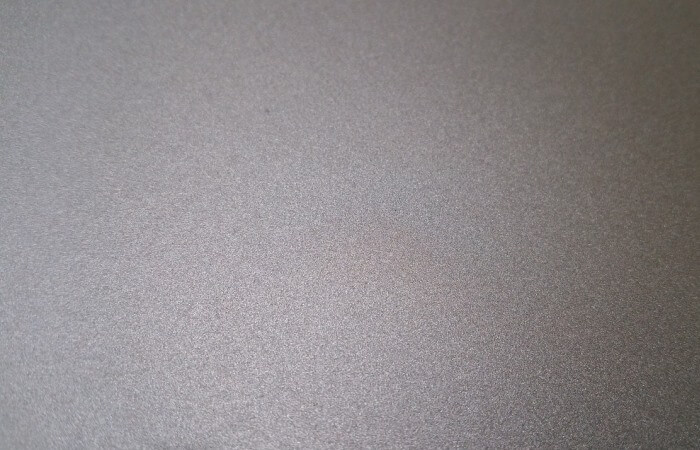Arctic fuel price temperature GOST specifications, buy

Arctic fuel, operating at 80 degrees below zero.
Created a new Arctic fuel – new types of frost-resistant waxy high-octane gasoline and diesel fuel, operating at 80 degrees below zero. Arctic fuel reserves all of its properties at extremely low temperatures – up to minus 80 degrees Celsius.
Requirements GOST Arctic diesel fuel
New Arctic oil:
Created a new Arctic fuel – new types of frost-resistant waxy high-octane gasoline and diesel fuel, operating at extremely low temperatures – at 80 degrees below zero. Arctic fuel meets the standards Euro 5 and Euro 6 and have a low content of sulphur, benzene and aromatic hydrocarbons.
Ordinary commercial gasoline and diesel fuel can withstand temperatures up to -50 C°. At lower temperatures, such a conventional fuel can freeze in the fuel tanks and systems.
Obtained quality fuel while extremely low temperatures – up to minus 80 degrees Celsius retains all its properties.
In the manufacture of new fuel as catalysts are specially designed for these processes, various modified nanostructured microporous zeolites and oxide system. Using these catalysts can be much more efficient to obtain of the various types of hydrocarbon raw materials of high index of motor fuels, lower olefins, arenas and other products.
Requirements GOST Arctic diesel fuel:
Russia has GOST R 55475-2013 “Fuel winter and Arctic diesel deparaffinization. Technical conditions”. According to the GOST entered the three-class Arctic diesel fuel, which have different temperature characteristics and are designed for -44 °C, -48 °C and -52 °C, respectively.
They are the following:
| Name of the indicator | The value | |||||
| A-44 | A-48 | A-52 | ||||
| 1. Cetane number, not less than | 47,0 | |||||
| 2. Cetane index, not less | 43,0 | |||||
| 3. Density at 15 °C, kg/m3 | 800,0-855,0 | |||||
| 4. Mass fraction of polycyclic aromatic hydrocarbons 1), %, not more | 8,0 | |||||
| 5. Mass fraction of sulphur, mg/kg, not more: | ||||||
| K3 | To 350.0 | |||||
| K4 | 50,0 | |||||
| K5 | 10,0 | |||||
| 6. Flash point in closed crucible, °C, not below | 30 | |||||
| 7. Coking ability of 10% of разгонки2 residue, % mass, no more | 0,30 | |||||
| 8. Ash content, % wt., no more | 0,01 | |||||
| 9. Mass fraction of water, mg/kg, not more | 200 | |||||
| 10. Total contamination, mg/kg, not more | 24 | |||||
| 11. Corrosion of copper plate (3 h at 50 °C), units on a scale | Class 1 | |||||
| 12. Oxidative stability: the total amount of sediment, g/m3, not more | 25 | |||||
| 13. Lubricity: the corrected wear scar diameter at 60 °C, micron, max. | 460 | |||||
| 14. Kinematic viscosity at 40 °C, mm2/s | 1,200-4,000 | |||||
| 15. Fractional composition: | ||||||
| distilled to a temperature of 180 °C, % vol., no more | 10 | |||||
| 95% vol. distilled temperature, °C, not above | 360 | |||||
| 16. Cloud point, °C, not above | -34 | -38 | -42 | |||
| 17. Cold filter plugging point, °C, not above | -44 | -48 | -52 | |||
| 1) For fuel of environmental class K3 and K4 the contents of polycyclic aromatic hydrocarbons must be no more than 11%, for fuel of environmental class K5 – 8%. 2) the Value for indicator 7 determine prior to the introduction of additives which improve the ignition. The use of additives does not exempt the manufacturer from compliance with the requirements of the carbon residue is considered a 10% residue of distillation is not more than 0.30 mass%. prior to the introduction of additives. |
||||||



